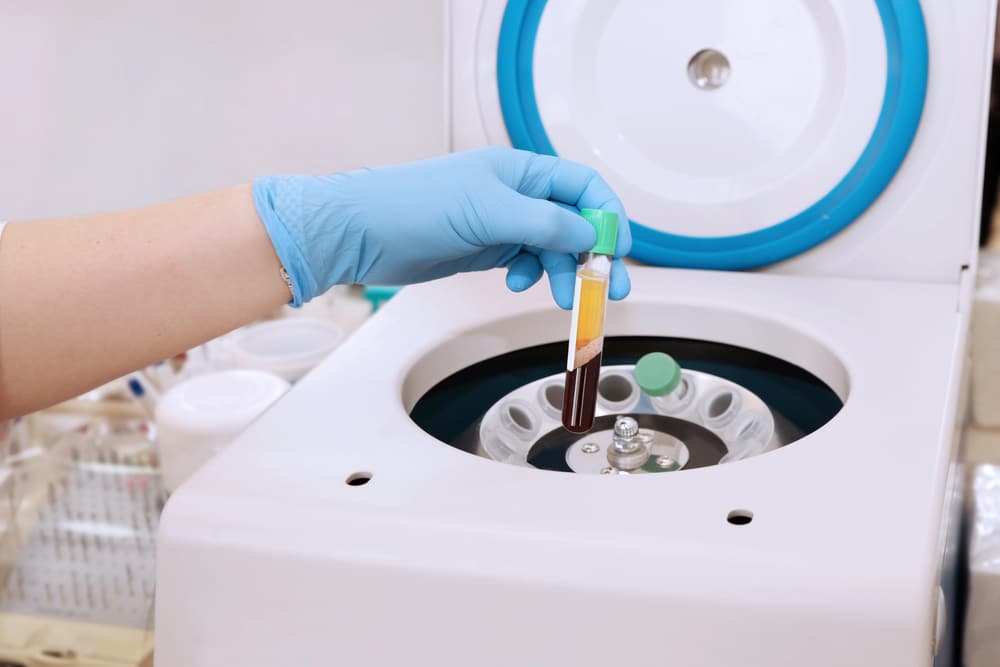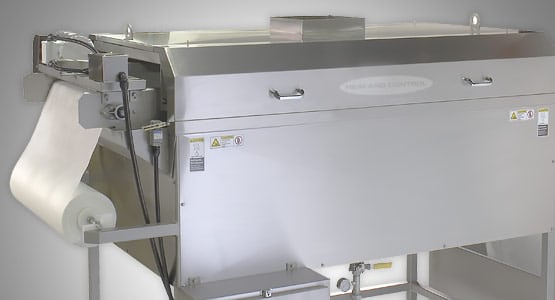Filtration is the separation of solids from a suspension in a liquid by means of a porous medium, screen or filter cloth, which retains the solids and allows the liquid to pass through.
Field of application
Filtration is used in the food, drink and milk industry to fulfil the following functions:
• to clarify liquid products, by the removal of small amounts of solid particles (e.g. for wine, beer oils and syrups). The objective is to recover the filtrate in this operation
• to separate a liquid from a significant quantity of solid material, where the overall objective of the operation is to obtain the filtrate or cake, or both, is (e.g. for fruit juices or beer).
Description of techniques, methods and equipment
Filtration equipment operates either by the application of pressure (pressure filtration) to the feed side or by the application of a vacuum (vacuum filtration) to the filtrate side.
The two main types of pressure filtration are the plate and frame filter press and the leaf filter.
a) Plate and frame filter press
This type of filter consists of plates and frames arranged alternatively and supported on a pair of rails. The hollow frame is separated from the plate by the filter cloth. The slurry is pumped through a port in each frame and the filtrate passes through the cloth and flows down the grooved surfaces of the plates and is drained through an outlet channel in the base of each plate. The filter operates at a pressure of between 250 to 800 kPa. The filter press is operated batch wise; the optimum cycle time depends on the resistance offered by the filter cake and the time taken to dismantle and refit the press. A special type of “plate and frame” filter press is the “membrane” filter press. A membrane is mounted on the plate which can be pressurised with air or water. Due to the higher pressure (up to 20 bar) on the filter cake, more liquid is recovered resulting in a dryer filter cake. Filter presses are available where the dismantling, emptying and refitting of the press are carried out in a semi–automatic manner. Sometimes, filter aids such as (perlite or diatomaceous earth) are used as a pre-coat or body feed to improve the filtration. The equipment is reliable and easily maintained and is widely used, particularly for the production of apple juice and cider and in edible oil refining (bleaching).
b) Leaf filter
The need to develop much larger capacity units led to the introduction of the leaf filters. These consist of mesh “leaves” which are coated in filter medium and supported on a hollow frame, which forms the outlet channel for the filtrate. The leaves can be stacked horizontally or vertically. Feed liquor is pumped into the shell at a pressure of approximately 400 kPa. When the filtration is completed, the cake is blown or washed from the leaves.
c) Vacuum filtration
Vacuum filters are normally operated continuously. Liquor is sucked through the filter plate/cloth and a cake of solids is deposited on the cloth. The pressure difference on the downstream side of the filter plate is normally limited to 100 kPa due the cost of vacuum generation. Two common types of vacuum filter are the rotary drum filter and the rotary disc filter. Sometimes, filter aids are used as a pre-coat or body feed to improve filtration. In these cases, a knife is used to scrape off the cake. Rotary drum filters consist of a slowly rotating cylinder, which is divided into compartments, which are themselves covered with a filter cloth and connected to a central vacuum pump. As the drum rotates it dips into a bath of liquor. The filtrate flows though the filter cloth of the immersed compartment. When the compartment leaves the bath the filter cake is sucked free of liquor and washed. As the drum rotates further the vacuum is released for the compartment in question and the cake is loosened from the cloth by the application of compressed air, and then removed by means of a scraper. The same procedure occurs for each compartment in turn as the cycle is repeated. Rotary vacuum discs filters consist of a series of vertical discs which rotate slowly in a bath of liquor in a similar cycle to drum filters. Each disc is divided into segments and each segment has an outlet to a central shaft. The discs are fitted with scrapers to continuously remove the cake.









